|
PEALE - WASHINGTON AT PRINCETON - PAGE 2
|
Osiris is
King of Kings |
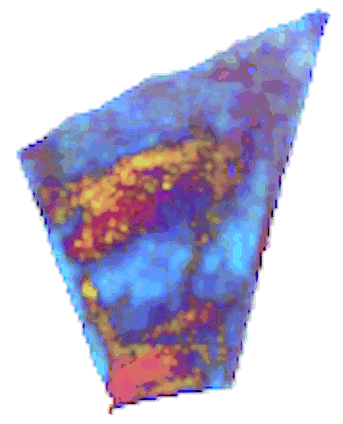
Ousir |
- Osiris was the Greek rendering of the Egyptian god
Ousir.
- The Greeks associated him with Dionysus and Hades.
- He was the eldest son of Geb and Nut and was born in Thebes
in Upper Egypt.
- Osiris rules Egypt, having inherited the kingship from his ancestors in a lineage stretching back to the creator of the world, Ra or Atum.
|
The myth, with its complex symbolism, is integral to ancient Egyptian conceptions of kingship and succession, conflict between order and disorder, and especially death and the afterlife.
(Wikipedia)
|
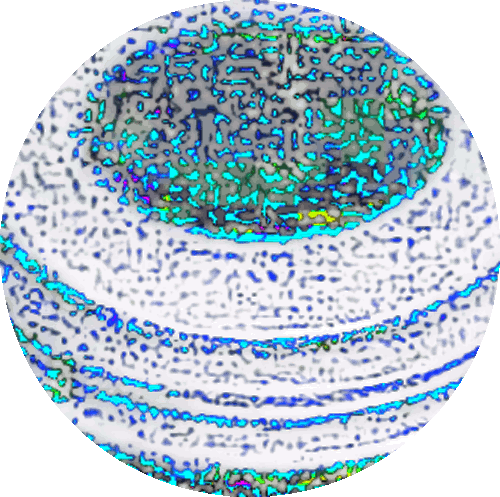
Chaotic primordial
ocean |
- In the beginning, there was only the chaotic primordial ocean
called Nu.
- These waters soon receded and revealed a primordial mound
- Next arose the primordial gods of the universe.
- Some branches of the
Egyptian religion hold that the first god was Atum, the creator god,
while another branch says there were eight primordial gods.

Shu is dry air
beneath the sky |
- From that first generation of gods came the next, which included Shu and Tefnut.
- The Egyptian god Shu often had mixed attributes, but he was broadly associated with peace, the dry air beneath the sky, and lions.
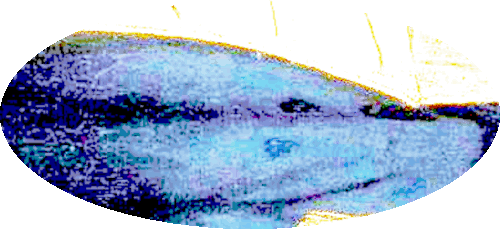
Tefnut was goddess
of moisture and rain |
- Tefnut was the Egyptian goddess of moisture and rain and
she was often depicted with the head of a lioness.
- Shu and Tefnut paired and produced Nut, as well as the earth-god, Geb.
- Besides being married to Geb, Nut was also associated with the sun god Ra and the god of wisdom, Thoth
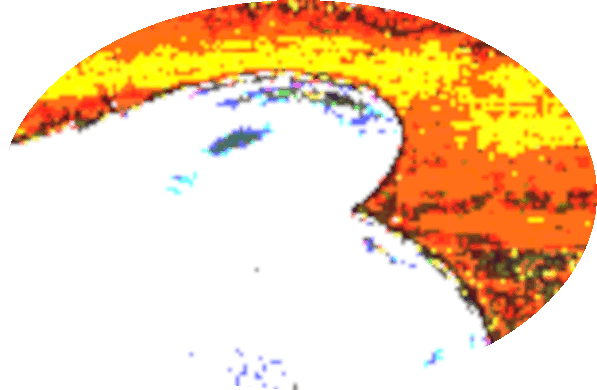
Thoth god of wisdom |
- Thoth (Tehuty, Djehuty, Tahuti, Tehuti, Zehuti, Techu, Tetu) was one of the earliest Egyptian gods.
- He was popular throughout Egypt, but was particularly venerated in Khnum (Hermopolis Magna) where he was worshiped as part of the Ogdoad.
- As the power of his cult grew,he was converted into the creator god.
- The Greeks associated Thoth with the messenger god Hermes.
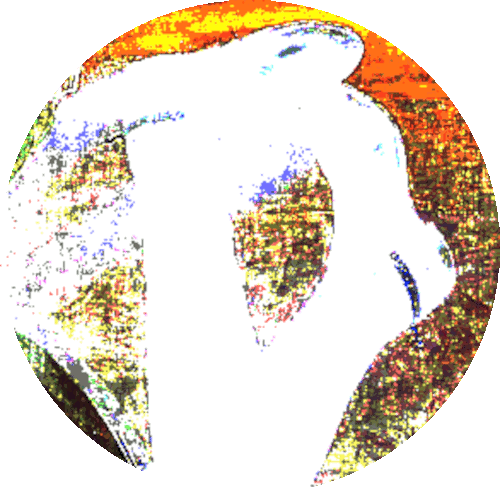
Thoth laid an egg
through the power of
language |
- According to this variant, Thoth (in the form of an ibis, one of his sacred animals) laid an egg from which Ra (Atum, Nefertum, or khepri) was born.
- Other myths
from other times and places suggest that Thoth created himself through the power of language.
|
Egyptian mythology speaks of the “Book of Thoth” in
which the god inscribed all of the secrets of the
universe. Anyone who read it would become the most
powerful sorcerer in the world, but would be cursed by
their knowledge. Needless to say, people have been
searching for this text despite the warning, and some
more “colourful” theories propose that it is hidden in
a secret chamber in or near the Great Pyramid.
(TN_Egyptologist)
|

In the beginning was
the word |
- This is an interesting parallel to the phrase in the
Gospel according to St John "in the beginning was the word,
and the Word was with God, and the Word was God."
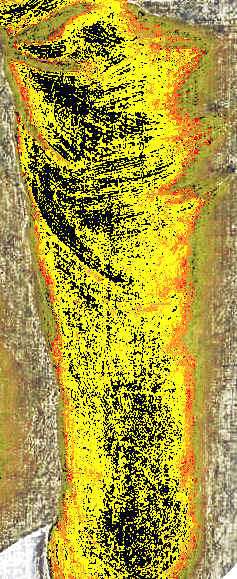
Thoth the original
lightworker |
- Thoth's song was thought to have created eight deities of the Ogdoad (the gods Nun, Heh, Kuk, and Amun and the goddesses Nunet, Hauhet, Kuaket, and Amaunet).
|
Thoth maintained the library of the gods with the help of his wife, Seshat (the goddess of writing). He was the scribe of the gods, and was often described as the “Lord of the Divine Body”, “Scribe of the Company of the Gods”, the “voice of Ra”, or the “counsellor of Ra” who (along with Ma’at) stood on the sun barge next to Ra on his nightly voyage across the sky.
(TN_Egyptologist)
|
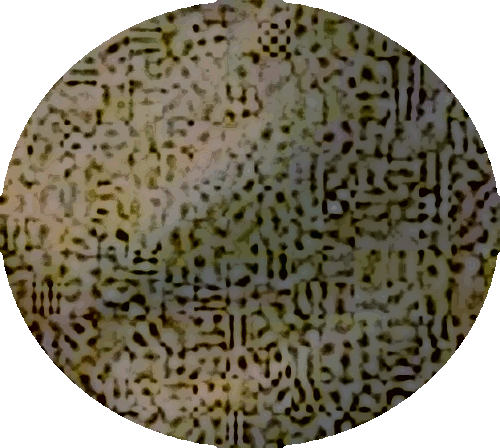
Thoth thought |
- It was also thought that Ra gave Thoth an area of the
underworld to rule in the 'Land of the Caves.'
- He kept a register of those in his realm and decreed just punishments for their transgressions and acted as Ra’s representative in the afterlife.
- In this role, his wife was Ma’at.
|
It was said that he was the author of the spells in the “Book of the Dead” and “Book of Breathings” (which was also attributed to Isis) and he was given the grand title, the “Author of Every Work on Every Branch of Knowledge, Both Human and Divine”.
(TN_Egyptologist)
|
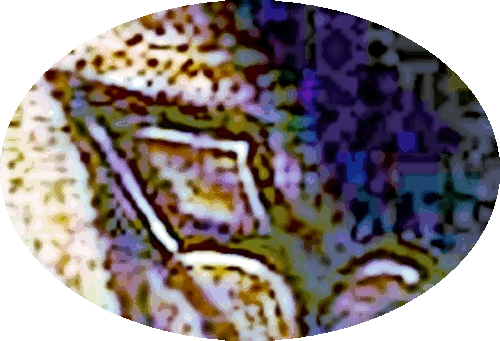
Thoth time |
- Many of the Egyptian’s religious and civil rituals were organised according to a lunar calendar.
- Thoth was originally associated with writing and with
the moon, so it's no surprise that he was also linked to the creation of the calendar.
- As his association with the moon waned, he developed into a god of wisdom, magic and the measurement of time
and he was considered to be the measure and record of time.
|
Thoth was known by the epithets; “the One who Made Calculations Concerning the Heavens, the Stars and the Earth”, “the Reckoner of Time and of Seasons” and “the one who Measured out the Heavens and Planned the Earth”.
(TN_Egyptologist)
|

Tears and
lamatations |
- At Osiris' birth, a loud mysterious voice
proclaimed the coming of the 'Universal Lord' which was
followed by shouts of gladness, but soon followed by tears and
lamatations when they learned what misfortunes would await
him.
|
Osiris is connected with life-giving power, righteous kingship, and the rule of maat, the ideal natural order whose maintenance was a fundamental goal in ancient Egyptian culture.
(Wikipedia)
|

Father of the gods |
- Geb and Nut married without the approval of Ra, so he
put a curse on Nut so that she could not have a child in any
month.
- Ra rejoiced at the announcement of Osiris' birth
in spite of the curse he had pronounced against Nut, and he
recognized his great-grandson as heir to his
throne.
- Together, Geb and Nut were considered the parents
of the Osirian gods and for this reason, Geb was known as the
'father of the gods.'
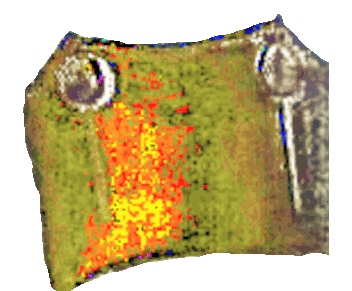
Golden box
in left hand |
- Geb caused the golden box in which Ra's Uraeus (sacred
scarab beetle) was
kept, to be opened in his presence.
- Ra had deposited the
box, together with his cane and a lock of his hair, in a
fortress in the eastern frontier of his empire as a potent and
dangerous talisman.

Divine asp within |
- When the box was opened the breath of the divine asp
within killed all of Geb's companions immediately and Geb was
seriously burned.
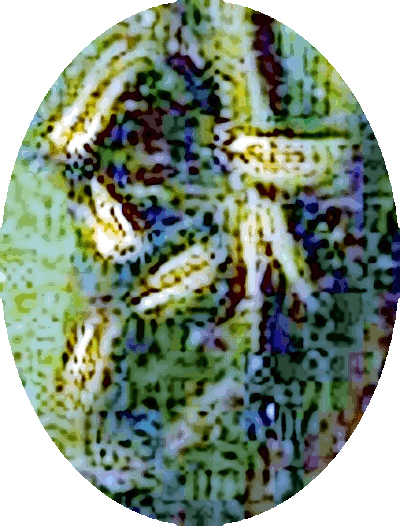
Lock of Ra's hair |
- Only the lock of Ra's hair, applied to Geb's wound,
was finally able to heal him.
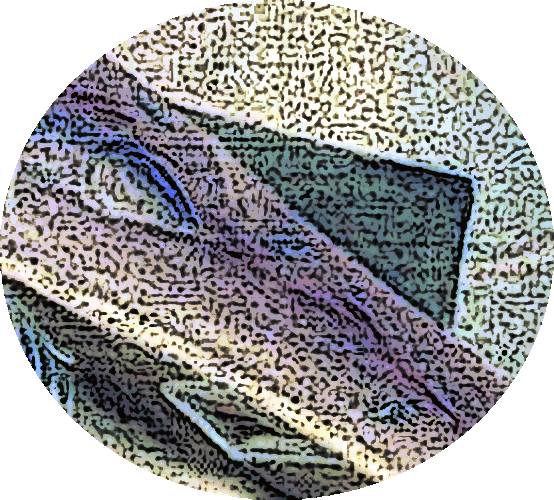
Crocodile |
- So great was the power of
that lock of hair that years later when it was plunged into
the lake at Al Nub for purification, it immediately turned
into a crocodile.
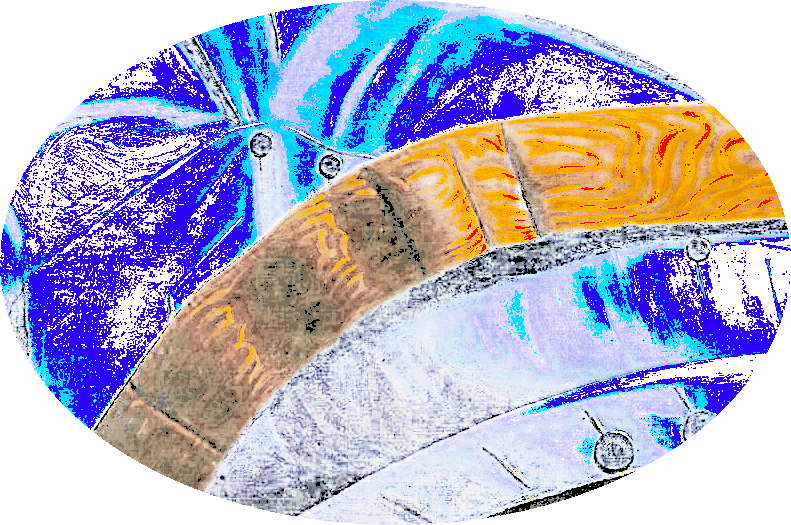
Band-aid healing |
- When he was restored to health, Geb administered his
kingdom wisely and drew up a careful report on the condition
of every province and town in Egypt.
- Geb handed over his
sovereignty to his eldest son, Osiris, and ascended to the
heavens where at times he took the place of Thoth, as Ra's
heralder and arbiter of the gods.
|
The US system could be described as a copy of the British system from the second half of the 1700's, with Band-Aids applied. And the monarch is now merely a figurehead.
|

Ra curses Nut
the waterpot |
- Nut was sometimes identified by the Greeks as Rhea,
goddess of the sky, who was married to Cronus, and together
they were parents of the Titans.
- She was also portrayed as the goddess of the stars, cosmos, mothers, astronomy, and the universe in the ancient Egyptian religion.
- Her headdress was the hieroglyph of part of her name, a pot, which may also symbolize the uterus.
- In case you haven't figured out what box was opened.
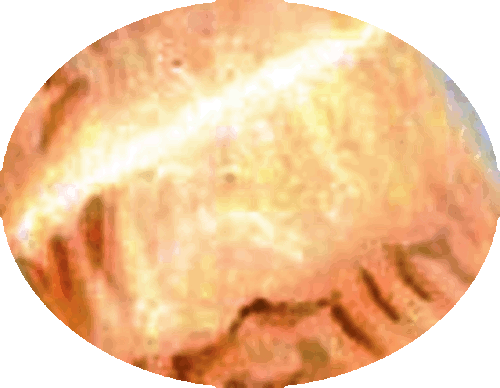
Geb a little light
on the subject |
- She was the twin sister of Geb, god of farming, and
married him secretly without Ra's permission.
- Angered, Ra
separated the two with Shu and he cursed Nut so she was
barren.
|
Nut and her brother, Geb, may be considered enigmas in the world of mythology. In direct contrast to most other mythologies which usually develop a sky father associated with an Earth mother (or Mother Nature), she personified the sky and he the Earth. (Wikipedia)
|
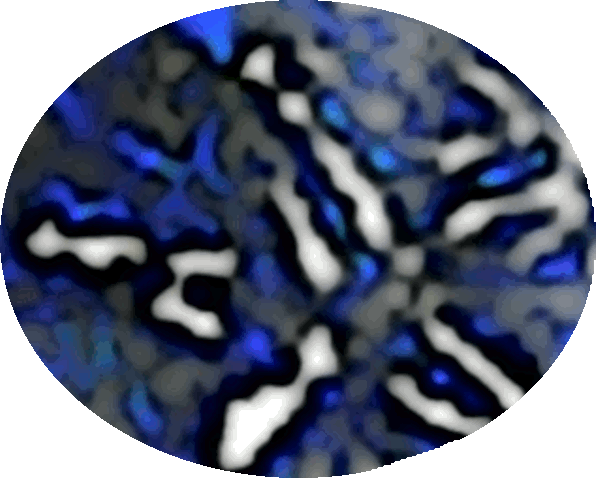
Five children |
- Nut was pregnant with Geb's child and Ra would not
allow her to give birth on any day of the Egyptian calendar.
- Thoth had pity on Nut and playing draughts with the
Moon, he won a course of several games a 70-second part of the
Moon's light with which he created 5 new days.
- As these 5
intercalated days (1/72) did not belong to the official Egyptian
calendar of 360 days (expanding it to 365 days), Nut was thus
able to give birth successfully to five children; Osiris,
Haroeris (Horus), Segt, Isis and Nephthys.
- This was the
creation of thr 365-day calendar which replaced the inferior
360-day calendar.
|
Ancient peoples of the world kept a calendar having 360 days in a year and 12 months of 30 days. So what happened? Why did it change? Scientists can provide no reasonable explanation of why they kept a different year than we keep now. The answer to one of the greatest mysteries of all time has been hidden in the Bible, waiting to be discovered. Only God can change the length of a year by 5. (Dale
W. Wong)
|
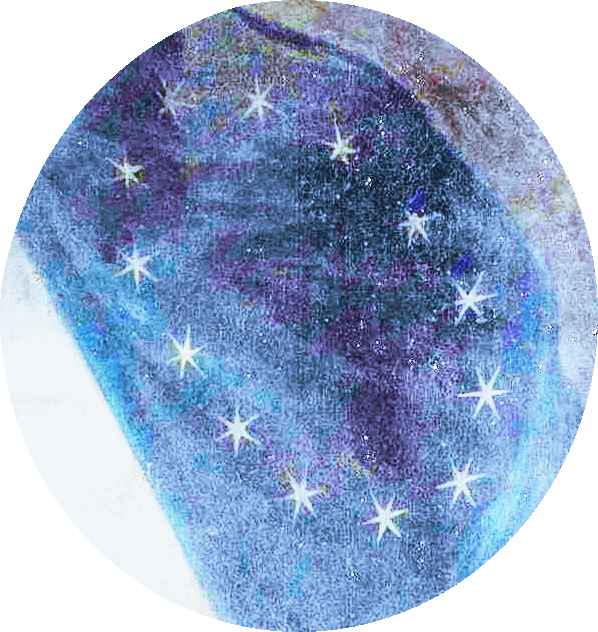
Star spangled |
- Nut, the sky goddess, is often depicted as a woman
with an elongated body, touching the Earth with toes and
fingertips, while her star spangled belly is held aloft by Shu
and forms the arch of the heavens.
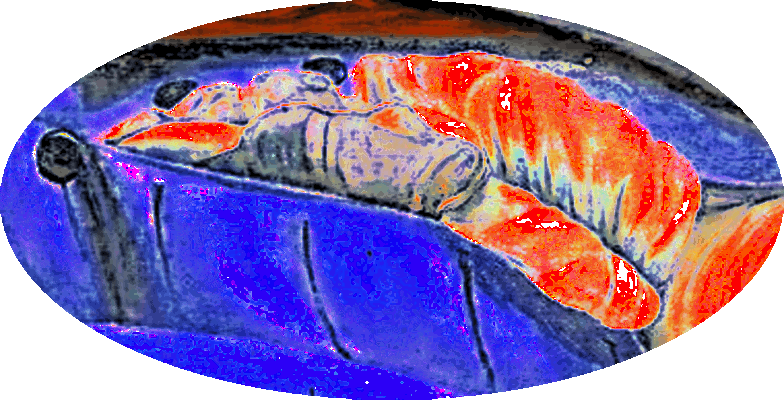
Ra abandons his
rebellious subjects |
- Nut also appears in the form of a cow and this is the
form she assumed, when on the orders of Nun, she bore Ra on
her back to the sky, after Ra, as already related,
decided to abandon his rebellious subjects.

Gods assigned to each
of her four legs |
- The dutiful cow rose obediently to her feet, rose
higher and higher until she became dizzy and it became
necessary to appoint a god to each of her four legs, which
became the four pillars of the sky, in order to steady them.
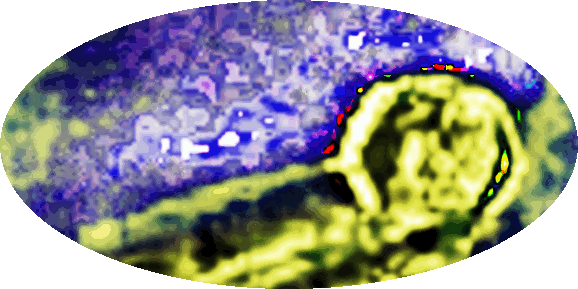
Daughter of Ra |
- Shu meanwhile, supported Nut's belly which became the
firmament and to which Ra attached the stars and the
constellation to light our Earth.
- Though she was often
qualified as the 'Daughter of Ra' she was also the mother of
the sun.
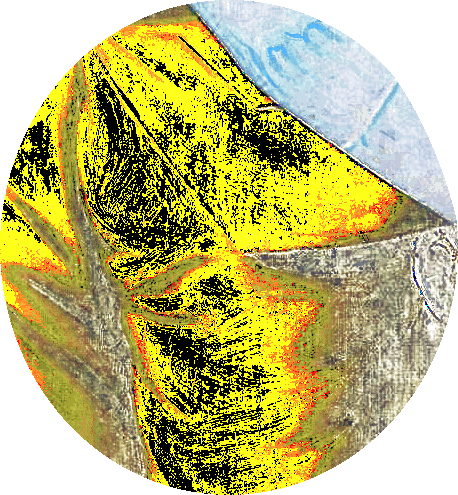
Dog star |
- Canis Major contains Sirius, the brightest star in the night sky, known as the
'dog star.'
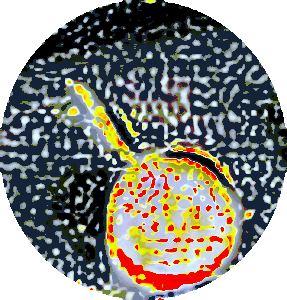
Mother of the sun |
- Nut, as the mother of the sun, who we see reborn
each morning in various fashions from her womb.
|
Eternity was in our lips and in our eyes.
(Shakespeare, Antony and Cleopatra)
|
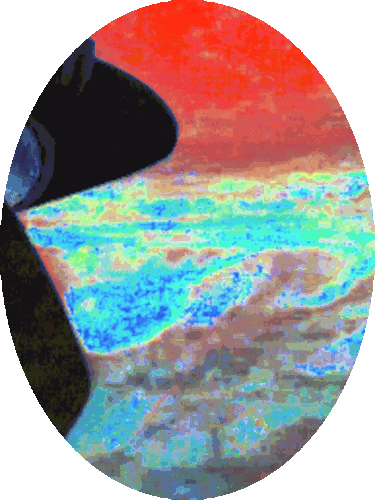
Nut wearing rounded
vase |
- When she is pictured as a woman, Nut often wears a
rounded vase on her head, this being an ideogram of her name.
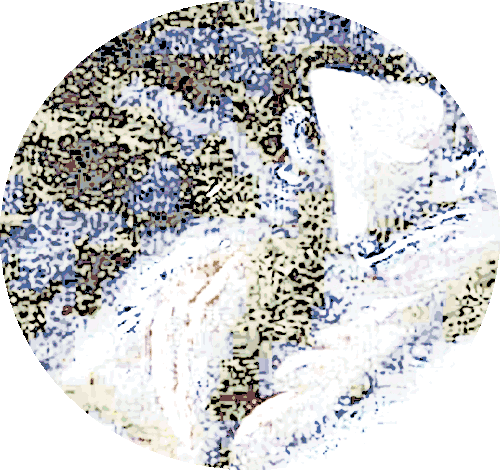
Nut is the
protectress of the
dead |
- Nut is the protectress of the dead and is seen as
holding the deceased close in arms.
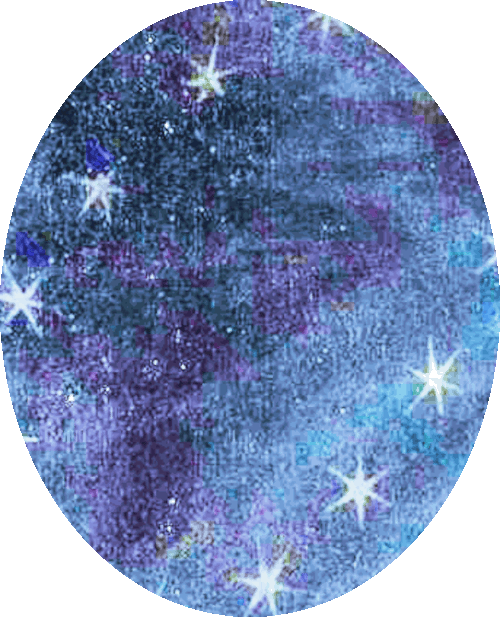
Nut starry body |
- On the inner lid of sarcophagi her starry body
stretches above the mummy; watching materially over him.
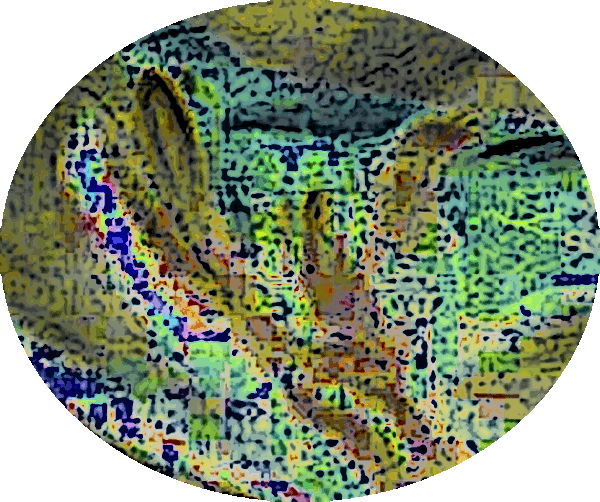
Osiris was a nature
god |
- Osiris was a nature god and embodied the spirit of
vegetation which dies with the harvest and is reborn when the
grain sprouts.
- Later on he was worshiped as god of the
dead where he reached first rank in the Egyptian pantheon.
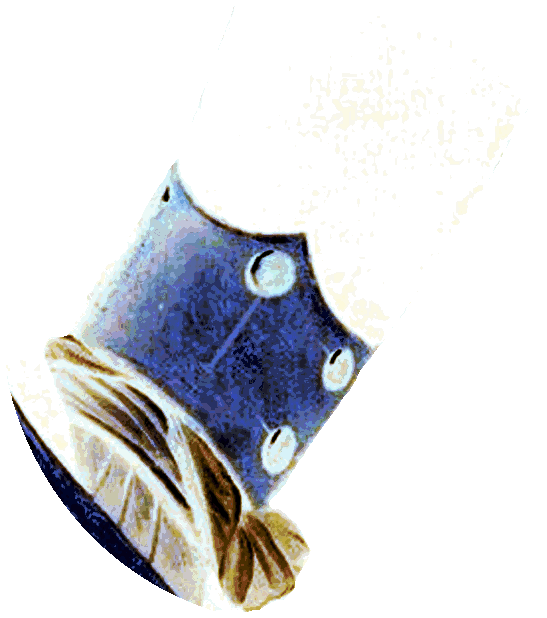
Osiris king of Egypt |
- Osiris was handsome of countenance, dark-skinned and
taller than all other men.
- Right hand.

Isis as queen |
- When Geb, his father, retired
to the heavens, Osiris succeeded him as king of Egypt and took
Isis, his sister, as queen.
|
Finish, good lady; the bright day is done, And we are for the Dark.
(Shakespeare, Antony and Cleopatra)
|
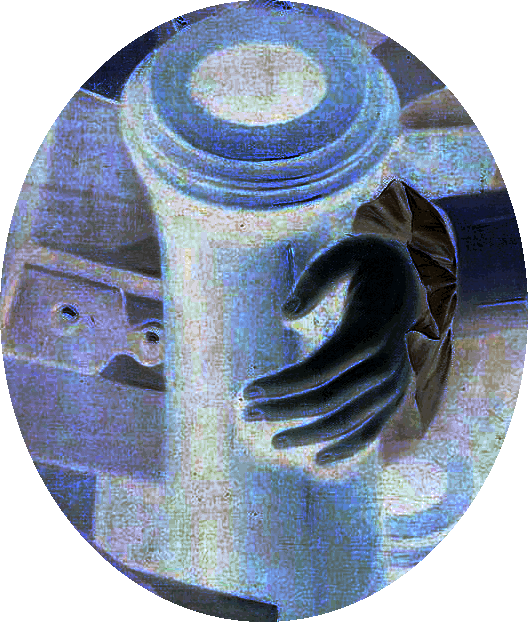
Agricultural
implements in left
hand |
- The first case of the sovereign was to abolish
cannibalism and to teach his still half savage subjects the
art of fashioning agricultural implements.
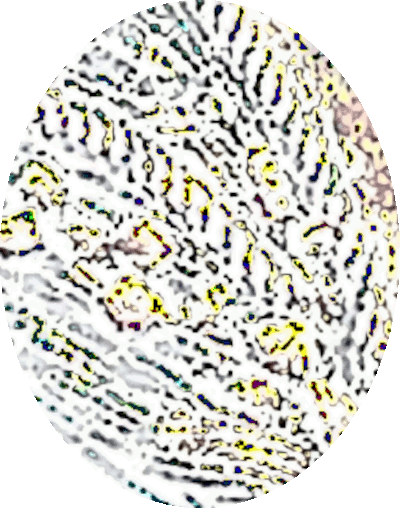
Grains for bread and
beer |
- Osiris taught his subjects how to grow grapes and grains for man's
nourishment in the form of wine, bread and beer.
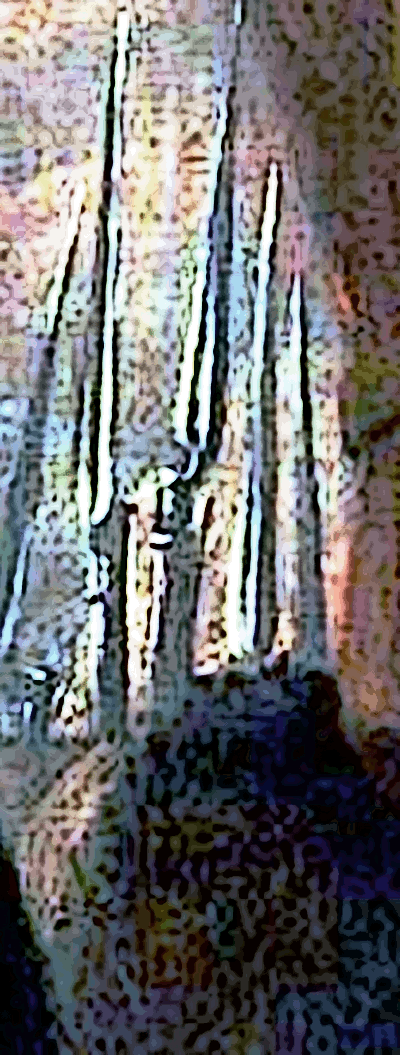
Cult of the gods |
- The cult
of the gods didn't exist yet and Osiris created it.

Temple steeple |
- He
built the first temples and sculptured the first divine
images.
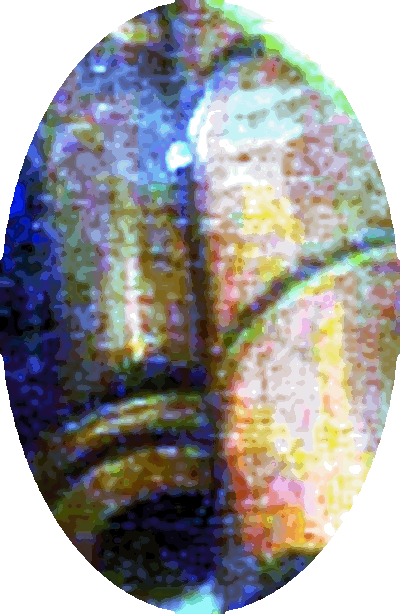
Flutes |
- He laid down the rules governing religious
practice and even invented the two kinds of flute which should
accompany ceremonial song.

Town |
- After this, Osiris built towns
and gave them fair and just laws.

Pharaoh statues |
- Because of this, he was
named Onnophris, 'the Good One' by which he was known as the
fourth divine Pharaoh.
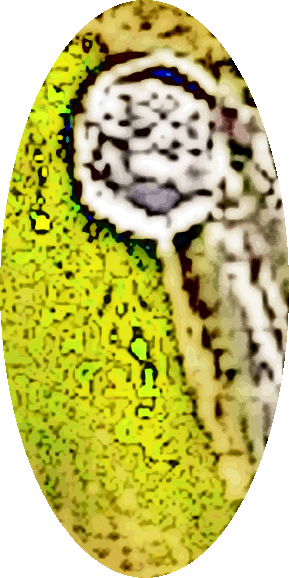
Osiris phone announcements |
- Satisfied that he had civilized
Egypt, Osiris wanted to spread the benefits of his rule
throughout the entire world.

Asia |
- He left the regency behind
to Isis and set forth on the conquest of Asia, accompanied by
Thoth, his grand vizier and his lieutenants Anusbis and
Upuaut.
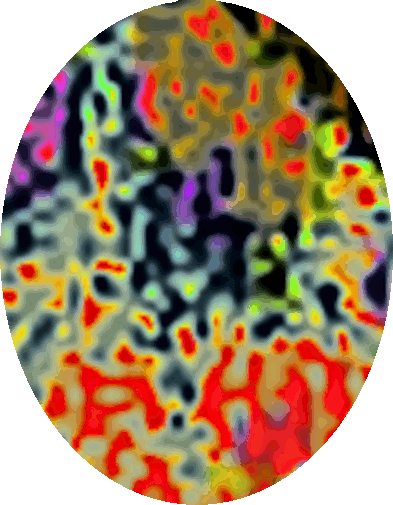
Worldwide
winning and
disarming |
- Osiris was the enemy of all violence and it was by
gentleness alone that he subjected country after country,
winning and disarming their inhabitants by songs and the
playing of various musical instruments.

Egypt |
- He returned to
Egypt only after he had traveled the whole Earth and spread
civilization everywhere.

Osiris kingdom in
perfect order |
- On his return, Osiris found his kingdom in perfect
order as Isis had governed wisely in his absense.
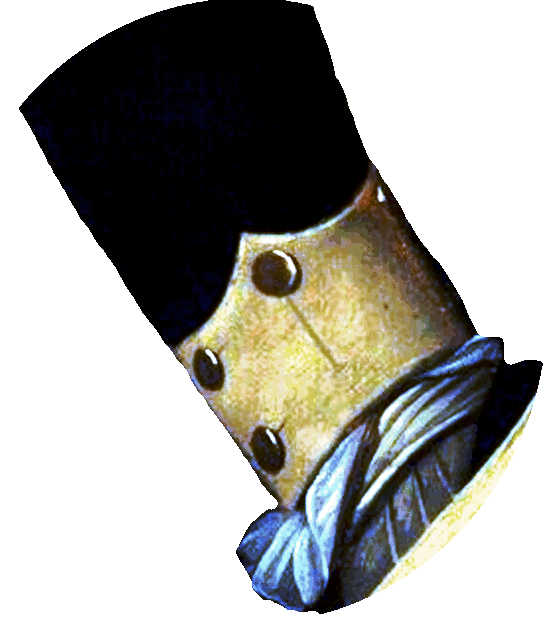
Set jealous of power |
-
Unfortunately, it was not long before he became the victim of
a plot organized by his brother Set (Seth), who was jealous of his
power.
- On the 17th Athyr, in the 28th year of his reign,
Osiris fell under the blows of the conspirators.
|
But you gods will give us
Some faults to make us men.
(Shakespeare, Antony and Cleopatra)
|
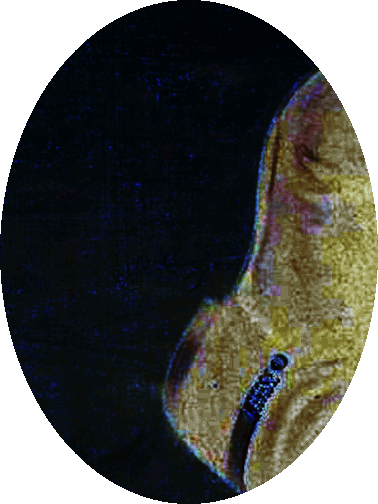
Osiris kicks Set |
- Set took revenge against Osiris because of a kick.
- The murder itself is frequently alluded to, but never clearly described
because the Egyptians believed that written words had the power to affect reality.
|
Some versions of the myth provide Set's motive for
killing Osiris. According to a spell in the Pyramid
Texts, Set is taking revenge for a kick Osiris gave
him, whereas in a Late Period text, Set's grievance is that Osiris had sex with Nephthys, who is Set's consort and the fourth child of Geb and Nut.
(Wikipedia)
|

Wild animal |
- In some cases the texts suggest that Set takes the form of a wild animal, such as a crocodile or bull, to slay Osiris; in others they imply that Osiris's corpse is thrown in the water or that he is drowned.
- The Egyptians believed that anyone who drowned in the Nile
was sacred.

Typhon is the eye of the storm |
- In Greek historian Plutarch's account, Set (Typhon) has an elaborate chest made to fit Osiris's exact measurements and then, at a banquet, declared that he
would give the chest as a gift to whoever fit inside it.
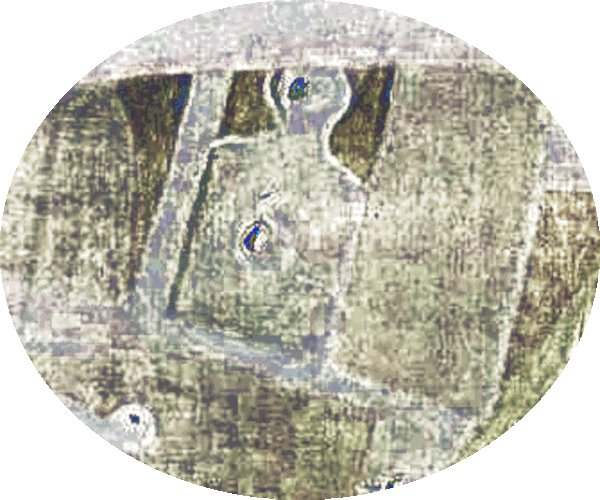
Osiris wooden chest |
- The guests, in turn, lie inside the coffin, but none fit inside except Osiris.
- When he laid in the chest, Set and his accomplices slammed the cover shut, sealed it, and threw it into the Nile.
- With Osiris's corpse inside, the chest floated out to the sea, arriving at the city of Byblos, where a tree grew around it.
|
And you shall see in him The triple pillar of the world transformed Into a strumpet’s fool.
(Shakespeare, Antony and Cleopatra)
|
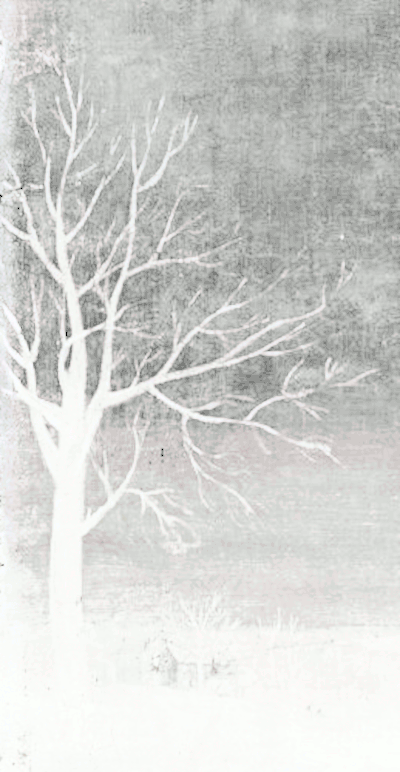
Tree in Byblos |
- The king of Byblos has the tree cut down and made into a pillar for his palace, still with the chest inside.
- Isis had to remove the chest from within the tree in order to retrieve her husband's body.
- Having removed the chest, she left the tree in Byblos,
where it becomes an object of worship for the locals.
|
Plutarch also states that Set steals and dismembers the corpse only after Isis has retrieved it. Isis then finds and buries each piece of her husband's body, with the exception of the penis, which she has to reconstruct with magic, because the original was eaten by fish in the river. In Egyptian accounts, however, the penis of Osiris is found intact.
(Wikipedia)
|
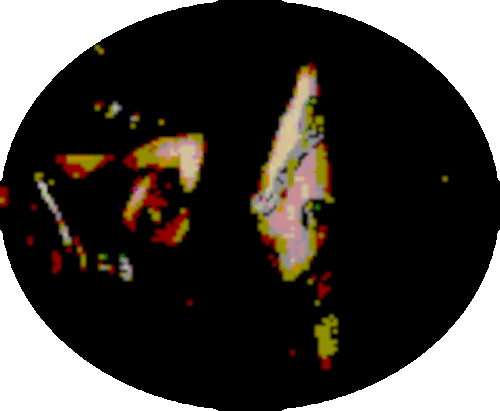
Osiris in pieces |
- His
faithful wife, Isis, discovered his body and bore it back to
Egypt.
- By the end of the New Kingdom, a tradition had developed that Set had cut Osiris's body into pieces and scattered them across Egypt.
- Cult centers of Osiris all over the country claimed that the corpse, or particular pieces of it, were found near them.
|
The dismembered parts could be said to number as many as
42, each piece being equated with one of the 42 nomes, or provinces, in Egypt. Thus the god of kingship becomes the embodiment of his kingdom.
(Wikipedia)
|

Falcons and kites |
-
When searching for or mourning Osiris, the two goddesses are often likened to falcons or kites
because kites travel far in search of carrion.
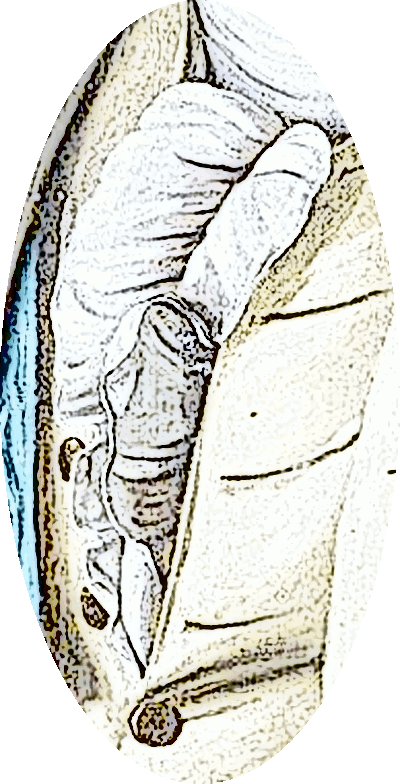
Osiris and Isis
conceive a son |
- Isis restores her husband's body, allowing him to
posthumously conceive their son, Horus, symbolized by the
falcon.
- The pregnant Isis hides from Set, to whom the unborn child is a threat, in a thicket of papyrus in the Nile Delta.
|
In the New Kingdom, when Osiris's death and renewal came to be associated with the annual flooding of the Nile that fertilized Egypt, the waters of the Nile were equated with Isis's tears of mourning.
(Wikipedia)
|
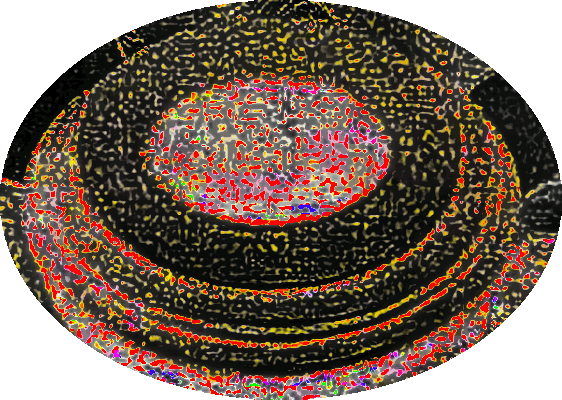
Snake |
- In this stage of the myth, Horus is a vulnerable child beset by dangers
and this is the basis for healing spells that cure him of all
ailments.
- Most commonly, the child god has been bitten by a snake, reflecting the Egyptians' fear of snakebite and the resulting poison.
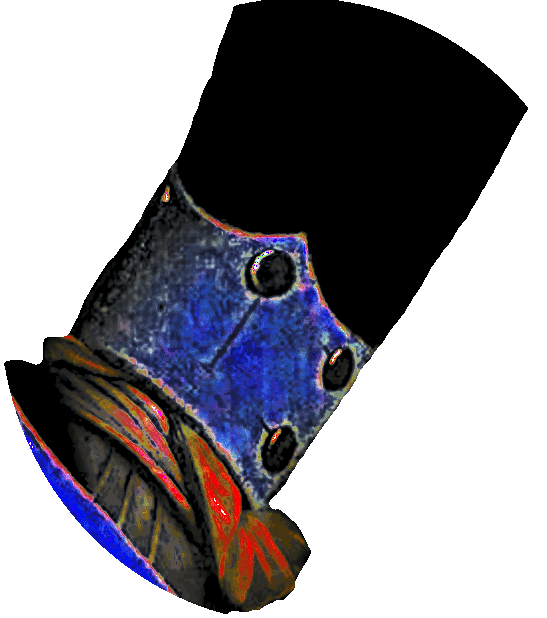
Set as fake king of
Egypt |
- After Set's actions, he was avenged by Osiris' adult son Horus.
- Set usurped the throne and temporarily reigned in his brother's stead in a position of primacy, but the Nine Gods of the Egyptian Ennead
ruled over by Geb declared that this situation
was not right.
- However, the trial dragged on for 80
years because the judge, the creator god, favored Set.
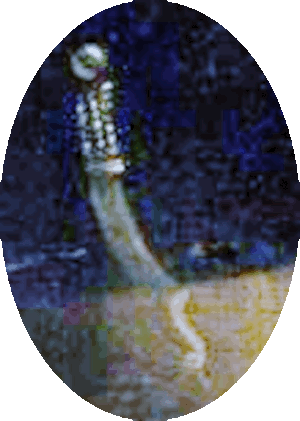
Set wounding Horus |
-
At one point, Set sexually abuses Horus and his violation is partly meant to degrade his rival, but it also involves homosexual desire, in keeping with one of Set's major characteristics, his forceful and indiscriminate sexuality.
- The encounter puts Horus in danger, because in Egyptian tradition semen is a potent and dangerous substance, akin to poison.
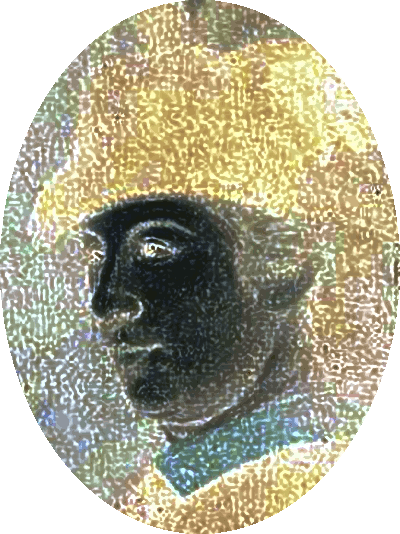
Set with golden disk
on his head |
- Isis retaliates by putting Horus's semen on lettuce-leaves that Set eats
and his defeat is evident when a golden disk appears on his
forehead.

The eyes have it |
- The moon and the sun were initially thought of as the left and right eyes of Horus.
- Horus’ left eye (the moon) was injured in a fight with Set and was restored by Thoth
as the Eye of Horus.
-
Theft or destruction of the Eye of Horus is equated with the darkening of the moon in the course of its cycle of phases, or during eclipses.
- The restoration of the Eye of Horus to wholeness represents the return of the moon to full brightness
-
As time progressed the moon came to be
associated with Thoth, possibly because the crescent moon
resembled the beak of an Ibis.
|
Thoth was a great magician who knew “all that is
hidden under the heavenly vault”. He used his
knowledge to help Isis after the murder of her husband
Osiris by his brother Set. With the help of Anubis he
created the first mummification ritual and helped
resurrect Osiris (albeit in the land of the Dead).
(TN_Egyptologist)
|
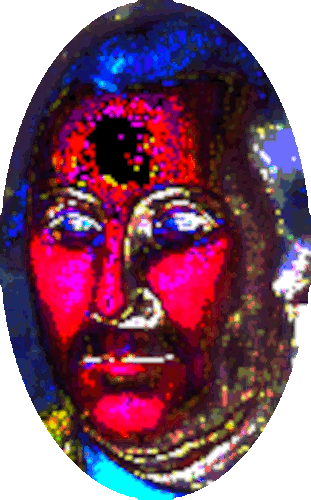
Horus ascends to
supreme authority |
- Set and Horus contended for the kingdom and Set is eventually deposed and Horus ascends to supreme authority.
- Geb, as judge, first apportions the realm between the claimants and then reverses himself, awarding sole control to Horus.
- In this peaceable union, Horus and Set are reconciled, and the dualities that they represent have been resolved into a united whole.
- Order is finally restored after the tumultuous conflict,
although in later versions, the Egyptians discard Set as evil
and chaotic and no longer included as part of the natural
order.
|
Thoth protected the son of Isis, Horus, by driving a magical poison from his body when he was very young and supported him in his fight to gain the throne which was rightfully his.
(TN_Egyptologist)
|
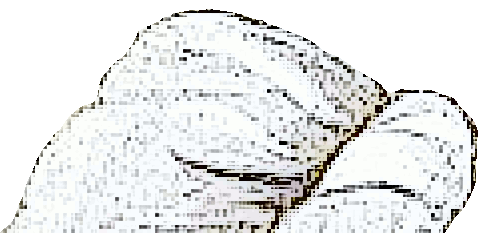
Osiris becomes the
first mummy |
- Thanks to the aid of Anusbus
(Anubis), the god of embalming and funerary rites, Thoth and Horus, as
well as the powers of sorcery, Isis succeeded in restoring her
dead husband back to life.
- Osiris becomes the first
mummy, and the gods' efforts to restore his body are the
mythological basis for Egyptian embalming practices.
|
Their often violent conflict ends with Horus's triumph, which restores maat (cosmic and social order) to Egypt after Set's unrighteous reign and completes the process of Osiris's resurrection. (Wikipedia)
|
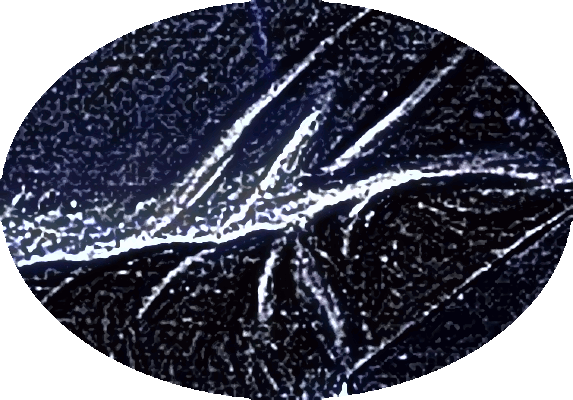
Tribunal of gods |
- Osiris soon answered Set's accusations and vindicated
himself before the tribunal of gods, presided over by Geb.
- Now resurrected, Osiris was never again threatened by death.
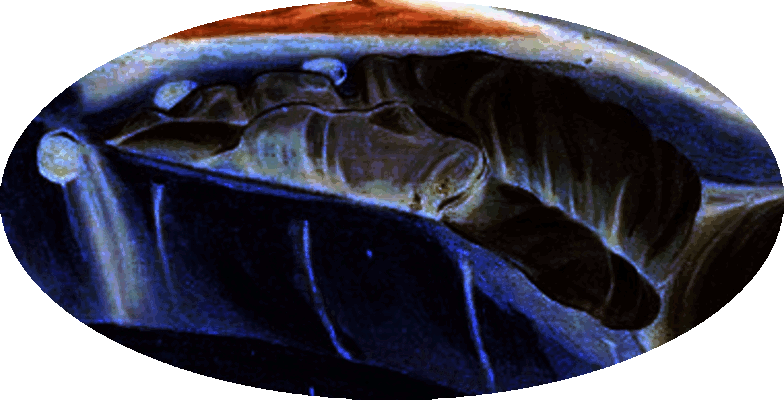
Duat, the distant
and mysterious realm
of the dead |
- Osiris's revival is not permanent, and after this point he is only mentioned as the ruler of the Duat, the distant and mysterious realm of the dead.
- Although he lives on only in the Duat, he and the kingship he stands for will, in a sense, be reborn in his son.

Head of the Elysian
Fields |
- Osiris could have regained his throne and continued to reign
over the living, but he decided to depart from the Earth and
retire as head of the Elysian Fields where he warmly welcomed
the souls of the just and reigned over the dead.
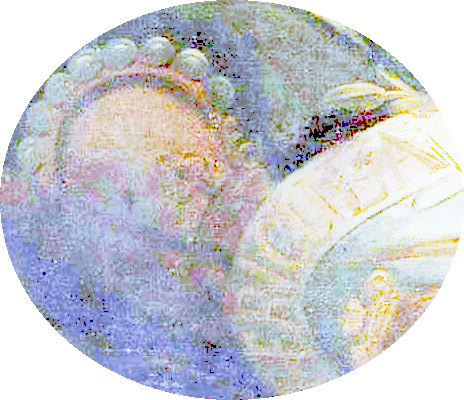
Hope of a just and
good king |
- It was
as the god of the dead that Osiris enjoyed his greatest
popularity, for he gave his devotees the hope of an eternally
happy life in another world ruled over by a just and good
king.
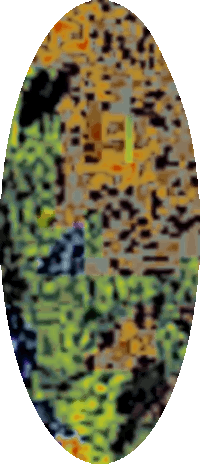
Vegetation spirit |
- As a vegetation spirit that dies and is ceaselessly
reborn, he represents the corn, the vine and trees.

Brilliant at dawn |
- He is
also the Nile which rises and falls each year, the light of
the sun which vanishes in the shadows every evening to
reappear more brilliantly at dawn.
|
According to Egyptian mythology, when the judges in power found Osiris (originally Nimrod) guilty of corrupting the religion of Adam (“Atum,” who was Egypt’s sky-god), they cut up his body, then threw the parts into the Nile. It was said that a fish ate his reproductive organ and became transformed into Dagon.
(Kathleen Neuen)
|
- The struggle between
the two brothers is the war betwen the desert and the fertile
earth, between the drying wind and vegetation, aridity and
fecundity, and darkness and light.
|
A connection between the plot of Hamlet and the
events depicted in the Osiris-Set-Horus series is
found in multitudinous other myths from around the
world and throughout human history. Many authors provide convincing evidence that this myth is bound up with the celestial phenomenon of precession, which eventually "deposed" the constellation Orion (identified with Osiris) from his accustomed date of heliacal rising -- encoded in myth as the slaying of Osiris by Set.
(starmythworld.com)
|
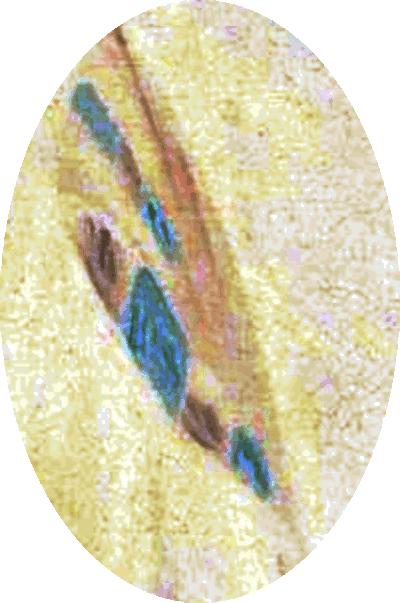
Light as a feather |
- Osiris was worshiped
throughout Egypt in company with Isis, is wife, and Horus, his
posthumous son, who formed with him a trinity.
|
Thoth was the god who overcame the curse of Ra, allowing Nut to give birth to her five children, with his skill at games. It was he who helped Isis work the ritual to bring Osiris back from the dead, and who drove the magical poison of Set from her son, Horus with the power of his magic.
(r/OutoftheTombs
)
|
|
|
It is better to offer no excuse than a bad one.
George Washington

|

